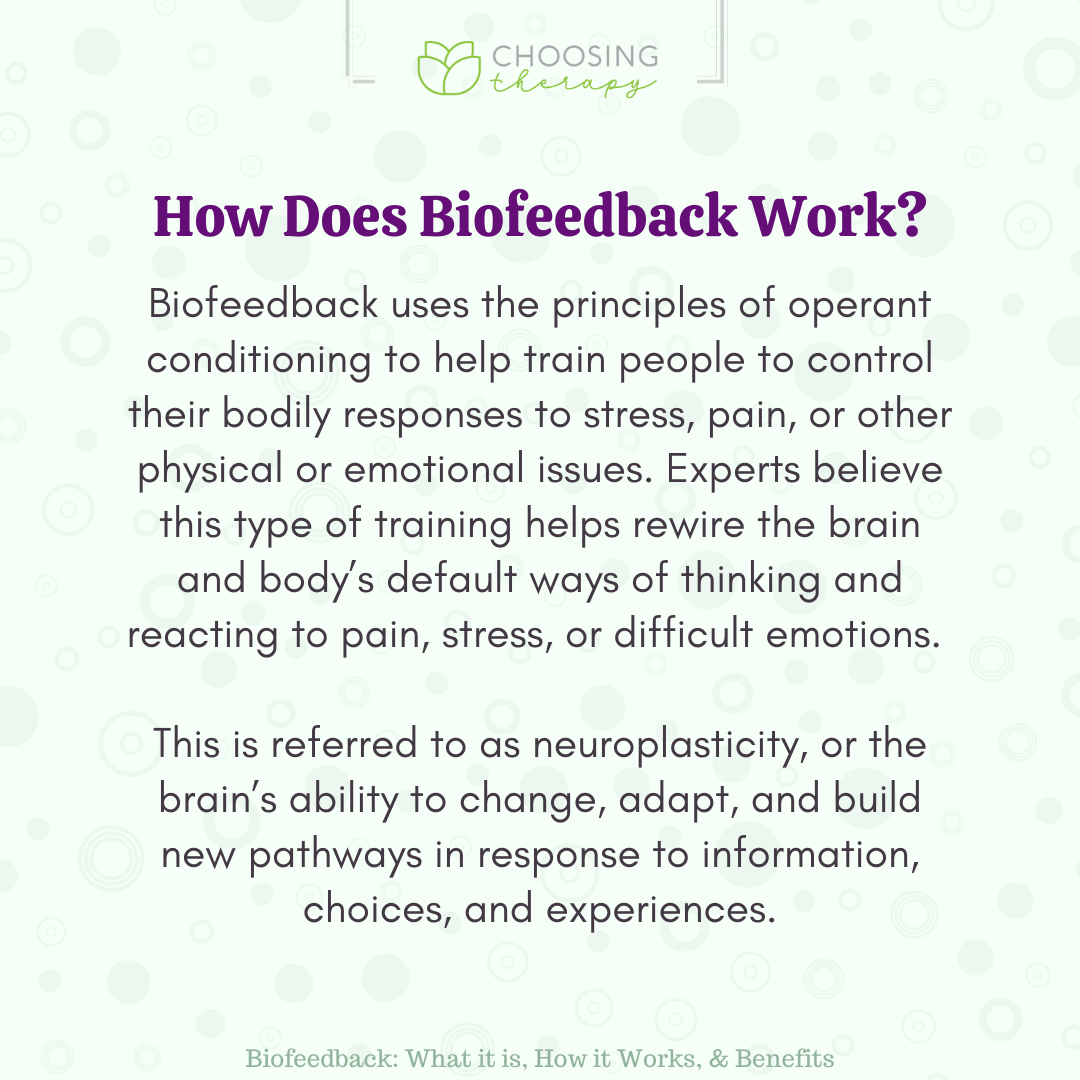Biofeedback is a technique that teaches patients how to control specific bodily functions by utilizing signals from their own physiology. This approach involves employing sensors that monitor physiological responses such as heart rate, muscle tension, and skin temperature. By providing real-time feedback, patients can discover to recognize their body's reactions to pain and stress. This awareness allows them to formulate strategies to manage their pain more efficiently. For example, if a person notices that their muscle tension rises when they are in pain, they can practice relaxation techniques to help alleviate that tension.

One of the primary advantages of biofeedback is that it empowers patients to take an active role in their pain management. Instead of relying solely on medications or treatments from healthcare providers, individuals can learn to understand and control their own physiology. This sense of control can lead to enhanced confidence and a more optimistic outlook on life. Many individuals indicate feeling more in control of their pain and less like sufferers of their syndrome. This change in mindset can significantly enhance their quality of life.
Research has demonstrated that biofeedback can be beneficial in alleviating chronic pain indicators. Research suggest that individuals who use biofeedback techniques often experience less pain and improved physical ability. Additionally, biofeedback can help lessen anxiety and stress, which are frequent concerns for those dealing with chronic pain. By tackling both the physical and psychological aspects of pain, biofeedback provides a comprehensive approach to pain management. This comprehensive method can lead to better outcomes for patients, allowing them to engage more completely in their routine activities.
In summary, biofeedback is a significant tool for revolutionizing chronic pain management. By teaching individuals to understand and control their physiological reactions, biofeedback enables individuals to take control of their pain. This approach not only helps alleviate pain but also enhances overall standard of life. As more individuals seek alternatives to conventional see post pain control methods, biofeedback emerges as a promising solution. With continued research and awareness, biofeedback could turn into an essential part of chronic pain treatment, helping individuals lead healthier, more satisfying lives.